The IoT has revolutionized supply chains, smart grids, and energy management. It helps to improve and fulfill almost all the necessary processes in the aforementioned fields. The benefits are reducing operating costs and improving your company’s efficiency. This is also the digital transformation trend of industries. The mass proliferation of IoT devices also brings convenience to users. In particular, this will be a new opportunity for research and development enterprises.
1. IoT-based Supply Chains
IoT devices in the supply chain may be used to track, monitor, authenticate items and shipments using GPS and other technologies. They can also keep track of product and inventory storage conditions, which helps with quality control across the supply chain.
How do IoT-based Supply Chains work?
- Real-time location-tracking
Locate goods at any time: IoT devices are attached to products themselves, to raw materials or containers. IoT devices will determine their location through GPS or real-time movement tracking technology.
Solve shipping problems: IoT devices help route planning and goods tracking to determine when and where goods are delayed, possibly due to possible accidents, weather, or other delay-inducing occurrences. This will automatically provide warnings, alternative routes, and contingency planning.
- Forecast
Track shipping: make a prediction about the arrival time to help distribution centers, manufacturers and suppliers prepare to receive goods. This ensures the efficient processing of materials and reduces handling times and risks associated with delays. Handling goods upon receipt: confirm exactly when the goods arrive and can activate the payment service or return the goods.
- Storage condition monitoring
Some special products such as chemicals and food need to be stored under the right conditions. IoT devices will monitor factors such as light intensity, humidity, temperature, and other environmental factors. Based on those factors, it will help give warnings if the indicators exceed the threshold.
- Locate goods in the warehouse
This is the top warehouse technology trend. Individually label each product on the IoT device, which makes it easy to manage, search and identify the correct products in the warehouse. It also prevents shortages and provides future predictions for the product.
- Maintenance
Tracking machine performance metrics gives predictions of breakdowns and any other possible maintenance issues. This helps to provide solutions to prevent problems and prolong the life of the equipment.
Benefits of IoT-based Supply Chains
- Sustainability:
is a sustainable technology that helps managers comply with environmental regulations. Thanks to the green IoT sensors, they have a precise picture of the optimal use of energy sources (electricity, water).
- Transparency:
real-time location access allows managers to track drivers, ship, and receive goods in the right order.
- Improved resource management:
determine possible machine failure, find inefficiencies, predict maintenance and spot detect resource leaks. The IoT camera will monitor and detect defective products and remove them. This helps predict and cut downtime.
- Automation:
helps supply chain inventory monitoring, remote control, and warehouse condition monitoring. Automated HR management helps increase resilience, cut costs and increase productivity. IoT devices monitor and issue an alert if the storage condition is unresponsive or there are urgent problems such as a potential fire.
- Asset management:
continuous status updates of all assets. By using beacons, RFID tags (active and passive), NFC tags, sensors, internet-connected trackers (using long-range networks or LPWANs) and other technologies that help managers access cargo information, location, delivery, pickup, user manuals, offer marketing messages, monitor customer traffic, etc) anywhere in the world, even where there is no cellular coverage.
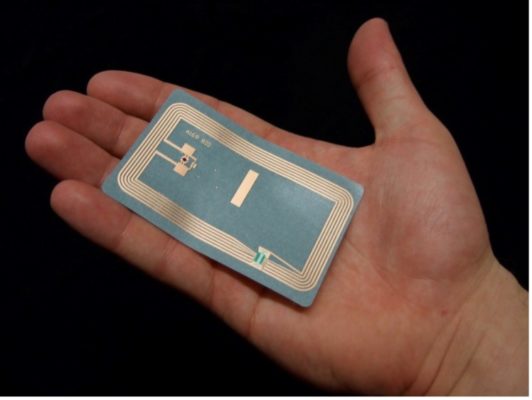 Figure 1: RFID tags (source: Mọi kích thước | RFID label | Flickr – Chia sẻ ảnh! (flickr.com))
Figure 1: RFID tags (source: Mọi kích thước | RFID label | Flickr – Chia sẻ ảnh! (flickr.com))
- Increased efficiency:
thanks to green IoT devices will help optimize energy efficiency and savings. As soon as the product is at the source, farmers can use IoT devices to monitor the factors of temperature, humidity, nutrient content in the soil, etc to decide the suitable time to plant and harvest.
- Better segmentation:
data about customers, demand, products and the market helps to clearly define the target audience.
- Improved flexibility:
the collected data helps to determine the probability that each product can satisfy the market, and how much to enter each supplier’s product. Use a backup plan and an alternative if something goes wrong during freight.
- High accuracy:
Collected data is stored in the cloud, ensuring it is accessible to all stakeholders, which helps to solve problems quickly and accurately. This data also helps to devise appropriate strategies and anticipate customer needs.
- High speed:
IoT tracking technologies and smart route-planning tools help managers accurately locate goods in the warehouse, proactively mitigate delay risks and enable faster decision-making.
Real-life Examples of IoT-based Supply Chains
Amazon uses technology to automatically identify products by scanning QR-codes, and robots for warehouse management.
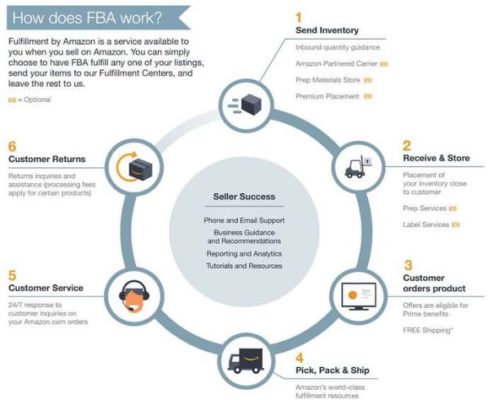
Figure 2: Amazon Supply Chain Strategy Works (source: How the Amazon Supply Chain Strategy Works (tinuiti.com))
New Maersk Line: using Remote Container Management System to help monitor humidity and temperature in containers reduces food spoilage. Also, they use real-time tracking and GPS technologies to collect data about the locations of goods.

Figure 3: Remote Container Management System (source: Maersk – reinventing the shipping industry using IoT and blockchain – Technology and Operations Management (hbs.edu))
Volvo: uses a connected cloud-based system to monitor incoming goods, moving goods, and receiving by distributors.
Farm-to-fork: collect weather data across the UK and analyze soil data to devise a sound strategy for crops and where to place the highest yields.
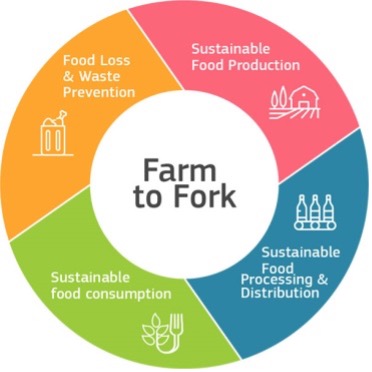
Figure 4: Farm-to-fork (source: Farm to Fork Strategy (europa.eu))
Challenge and Opportunity of IoT-based Supply Chains
- Connectivity:
IoT devices need good Bluetooth, Wi-Fi or other connectivity to transmit location to GPS or other IoT devices. It will not work well in an interference environment.
In the future, with the development of 5G, it will be necessary to combine IoT and 5G. This makes the connection better and the bandwidth operates smoothly.
- Security:
Bad information security will lead to information leakage to the outside, which will lead to failure and affect the company’s image.
Cryptographic hardware monitoring and machine learning limit external network attacks and make access to all data secure.
- Increased data storage:
The collected data will be very large. This requires a large power-consuming server to ensure the ability to store and process data.
Data studies are needed to help manage data better, and developing data governance policies are also needed.
- Skill:
The process of training employees in-depth skills for using IoT devices and the supply chain is a time-consuming process.
We need experts in the field to come up with a training plan, and at the same time, to analyze and come up with a future development plan because of the rapid development of IoT.
IoT devices serve a specific purpose, so they need to be used correctly. If they are wrong, they will easily be damaged.
2. IoT-based Smart Grid
Existing power networks are being transformed into smart grids in order to satisfy rising power demands. The IoT-based Smart Grid can support transmission, distribution, and consumption of energy, distributed coordination, location awareness, and mobility support.
Overview Smart Grid
A Smart grid refers to a system that combines digital communication with an electricity supply network. It includes the grid, smart homes, and buildings. A Smart Grid helps optimize the electrical needs of buildings and other infrastructures. It allows real-time transmission of electrical data in both directions between the building and the grid. Its benefits are tracking power consumption for enterprises, retail stores, institutions, and industries. In addition, it also detects and prevents leaks and self-repair.
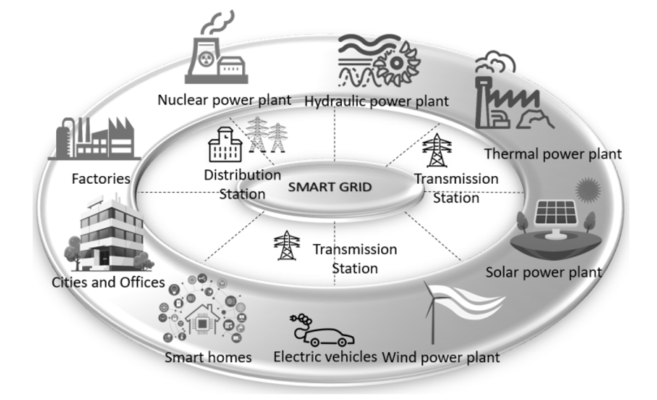
Figure 5: Smart Grid (source: 02.pdf (irojournals.com))
What is an IoT-based Smart Grid?
The IoT-based Smart Grid allows sharing of information between all components in the grid and smart energy management over any kind of network, wireless or wired.
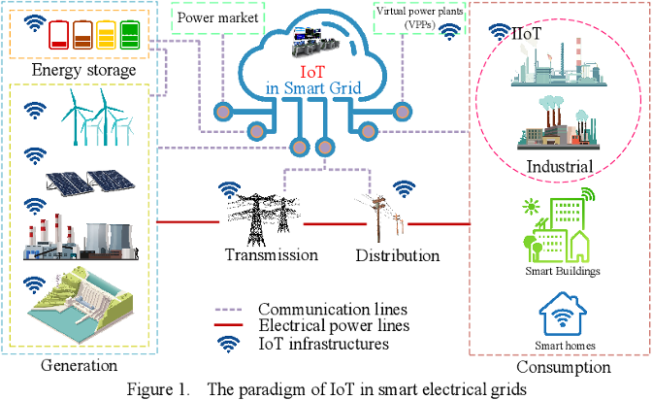
Figure 6: IoT-based Smart Grid (source: Figure 1 from IoT Architecture for Smart Grids | Semantic Scholar (semanticscholar.org))
IoT in the generation level
All generations and fluctuations on both the demand and supply sides can be accurately and automatically monitored in IoT-based smart grids, allowing the operator to have more elaborate grid supervision.
In order to improve the performance of the generation sector and maintain the static and dynamic security of the power system, IoT technologies at the generation level deal with the integration of a few energy resources (hydro, nuclear, coal, oil, gas) and renewable energy sources (wind, geothermal, solar, and marine-based energy).
Due to a higher degree of controllability and observability, the deployment of IoT at this level can lead to a higher level of efficiency and performance, which has enormous benefits for power systems.
IoT in transmission level
The transmission level connects the two levels of generating and distribution. This level is an important component of power systems because it guarantees that demand is met reliably. In two ways, IoT integration at the transmission level is critical.
- The first is the role of the IoT in improving congestion management.
- The second point to consider is the influence of the IoT on system security.
IoT in the distribution level
All key locations of the distribution network must be outfitted with IoT technologies as a requirement of a smart distribution grid.
This provides benefits such as remote monitoring and control during unplanned disasters, power loss management, the ability to implement self-healing schemes, the capability to implement emergency demand response programs, detection of problems in low-voltage transmission lines, intelligent control of generation and consumption of energy, and online supervision of the consumption patterns of consumers, etc.
IoT in consumption level
A smart city is an urban region that uses various types of IoT sensors and ICT infrastructures to communicate information that is used to manage assets efficiently and manage resources. The data must be analyzed to control and monitor water supply networks and waste management, electricity generation micro sources, traffic, and affairs corresponding to different energy consumption in a city.
Smart buildings are a crucial part of smart grids. In terms of quantity, residential and commercial customers account for a significant portion of the loads. Many new IoT devices have been developed to aid in boosting efficiency and lowering electricity consumption while maintaining the needed energy of a building. This will change traditional structures, resulting in more efficient, safe, sustainable, and comfortable.
Industrial internet of things (IIoT): industries are classed as sensitive loads, which need a more reliable electricity supply. In this area, power management is quite important. IIoT is described as the use of the internet in industries. IIoT corresponds with the IoT, cognitive computing, cyber-physical systems, and cloud computing. The key principles of IIoT are decentralized decisions, technical assistance, information transparency, and interconnection.
The function of IoT-based Smart Grid
In smart grids, the system response reallocates surplus power to areas where there is a power deficit locally.
Automation: Smart grid software enables consumer-level control and monitoring of energy consumption, helping save energy and money. In the event of an accident on the line or maintenance, a residence might temporarily go off the grid. They may dynamically distribute loads in the house to meet their energy demands, or they can completely rely on the energy they create and therefore be completely self-sufficient.
Reduce emissions and carbon-heavy electricity: It enables green energy. Firstly, it reduces emissions and wasted energy. Secondly, the architecture of a smart grid allows for the integration of renewables into the network, making clean energy sources more accessible to consumers. The adoption of renewable energy, such as energy from solar panels or windmills, will create a decentralized energy source. Any incident such as terrorism or natural disaster will not lead to widespread power outages and energy shortages.
Cut costs and risks: smart grid technology allows for real-time monitoring and management of energy usage, as well as cost-cutting optimization. Improved visibility of each grid piece enables early detection of any problem, cutting risk and potentially harmful issues such as downtime due to untimely maintenance and outages.
Charging stations and smart storage: this helps to provide power anytime, anywhere. Devices will be fully charged to ensure any long-distance travel, such as travel or long-distance travel.
Real-life Examples of IoT-based Smart Grid
Schneider Electric: provides energy storage and solar systems that can deliver power even in the most extreme weather. The devices enable real-time monitoring and control. In addition, it also allows the use of independent energy sources, combining efficient use with other energy sources. The result is guaranteed energy in the event of a power failure and cost savings.
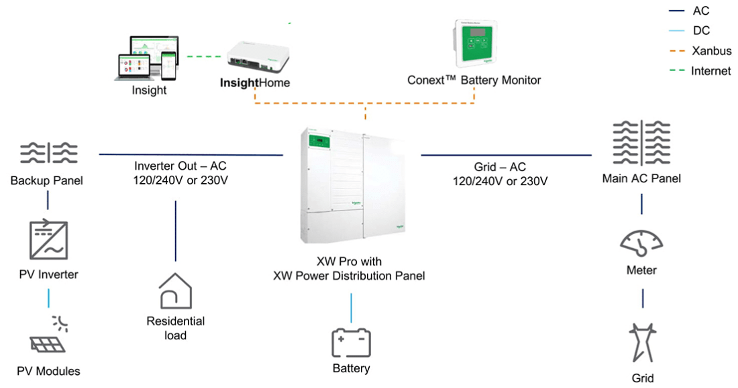 Figure 7: Solution model of Schneider Electric (source: Residential Grid-Tied Solar with Battery Backup | Schneider Electric Solar (schneider-electric.com))
Figure 7: Solution model of Schneider Electric (source: Residential Grid-Tied Solar with Battery Backup | Schneider Electric Solar (schneider-electric.com))
Lumin Smart: With data collection tools, the analysis will be provided from which there are reasonable plans to manage and optimize the use of electrical energy.
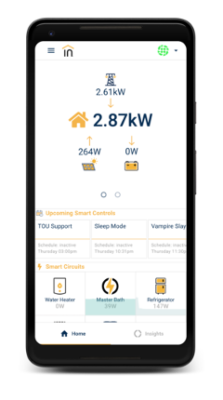 Figure 8: Dashboard of Lumin Smart (source: Load Management Platform + Hardware | Lumin (luminsmart.com))
Figure 8: Dashboard of Lumin Smart (source: Load Management Platform + Hardware | Lumin (luminsmart.com))
Mannheim’s Smart Grid: Germany is a forerunner in the smart city idea, having established the E-Energy financing program, which connects energy-saving technology with communication networks.
 Figure 9: A corner of the city of Mannheim (Germany) (source: Erasmus Experience in Mannheim, Germany by Alessandro | Erasmus experience Mannheim (erasmusu.com))
Figure 9: A corner of the city of Mannheim (Germany) (source: Erasmus Experience in Mannheim, Germany by Alessandro | Erasmus experience Mannheim (erasmusu.com))
Future of IoT-based Smart Grid
Information Security: information management tools and deep packet inspection are solutions to specific information security problems. The use of a wired network is prone to interruptions and failures. Meanwhile, wireless networks are more vulnerable to attacks. This requires improving the security of both networks.
Improve equipment: it is always necessary to avoid electromagnetic interference, temperature changes, dustproof, waterproof and to improve equipment life. A large number of devices are monitored by the grid operator. This needs the employment of big data analytical techniques and improving the smartness of grids.
Connection Stability and Communication: It is critical that systems communicate with one another. This requires a fast internet connection, quick response, and small latency. An effective support technology to solve this problem is cloud storage.
- Power outages are unacceptably inconvenient, so they need an immediate self-healing mechanism. Setting up a wireless network is much simpler than the process of providing connectivity.
- Real-time data analytics and visualization: helps manage data in real-time from the moment the energy is produced to the point it’s consumed by an end-user.
Machine learning and big data: make the system work well with massive datum sets, identifying trends, making predictions.
IoT-based Energy Management
Introduction IoT-based Energy Management
IoT devices help manage energy efficiently and economically. There are many ways to IoT-based Energy Management, such as device automation, M2M, cloud-server.
IoT-based Energy Management is the control and management of IoT devices to help save energy, optimize resource usage, control device usage accordingly, improve process automation, management, prediction, notify and automatically correct potential hazards by deploying networks of smart, connected assets and devices that are connected, continuously collecting, sharing, and analyzing data.

Figure 10: A solution model of IoT-based Energy Management(source: Preparation_Instruction (ripublication.com))
Advantage of IoT-based Energy Management
Anticipate and solve problems: by collecting data, the system will analyze it to make predictions about the possibility of incidents, give warnings, and make plans to solve problems. This helps balance demand and balance overload, solving problems before they happen. If due to sudden impact factors such as natural disasters or terrorism, the system helps to determine the correct location of the incident, the severity, from which it can automatically repair and minimize damage to the lowest level.
Reasonable energy distribution: predicting future energy demand from which to have an appropriate energy distribution plan, for production, industry, or daily activities. This meets the needs of users, sharing data with suppliers to adjust prices accordingly.
Cost reduction: the combination of automation, effective asset maintenance, and streamlined human effort results in a considerable reduction in operational costs. It helps to identify when the load is too high to minimize energy usage.
Automation: improving operational processes to maximize automation, thereby optimizing human potential and reducing labor costs.
Optimize asset maintenance: monitor the condition and performance of machines. It helps reduce wear and tear, increasing the working life of machines.
Green energy: Using more renewable energy sources such as wind and solar energy will help reduce environmental pollution emissions and minimize carbon emissions. It helps to comply well with environmental policies.
Reduce energy spending: Efficient use of energy resources will give energy time to recover.
Real-life Examples of IoT-based Energy Management
Wait time: a non-profit platform that helps users reduce emissions into the environment. Switch to using renewable energy.
Sense: is a smart metering system. It connects to a user-friendly control panel, displaying full information on energy usage status. Users can participate in energy usage management.
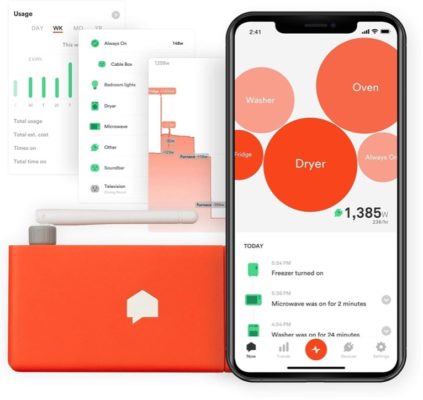 Figure 11: Sense Energy Monitor (source: Sense Energy Monitor – Track Electricity Usage in Real Time and Save Money – Meets Rigorous ETL/Intertek Safety Standards – – Amazon.com)
Figure 11: Sense Energy Monitor (source: Sense Energy Monitor – Track Electricity Usage in Real Time and Save Money – Meets Rigorous ETL/Intertek Safety Standards – – Amazon.com)
WebNMS: Using data from a network of sensors and meters on-site, the system proposes energy-saving methods to improve efficiency and productivity.

Figure 12: Smart metering solution of WebNMS (source: Smart metering solution|WebNMS|IoT (webnms.com))
Ecobee 4 thermostat: cuts energy consumption when under high load to reduce costs and energy significantly.
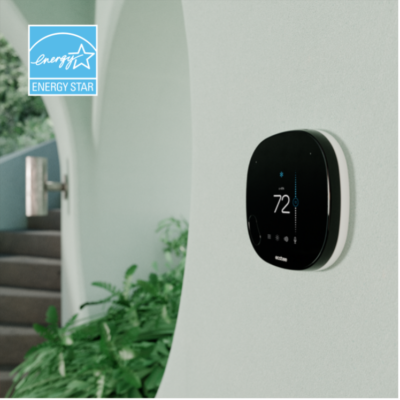
Figure 13: Ecobee 4 thermostat (source: SmartThermostat with voice control and SmartSensor | ecobee (ecobee.com))
Philips Hue LED: an indoor and outdoor IoT light device that adjusts the light according to the user’s habits.

Figure 14: Philips Hue LED in smart home (source: Philips Hue in a Smart Home | Talks with Homey (homey.app))
General Electric is a leading company in providing green, sustainable energy and renewable energy solutions for IoT-based Energy Management.
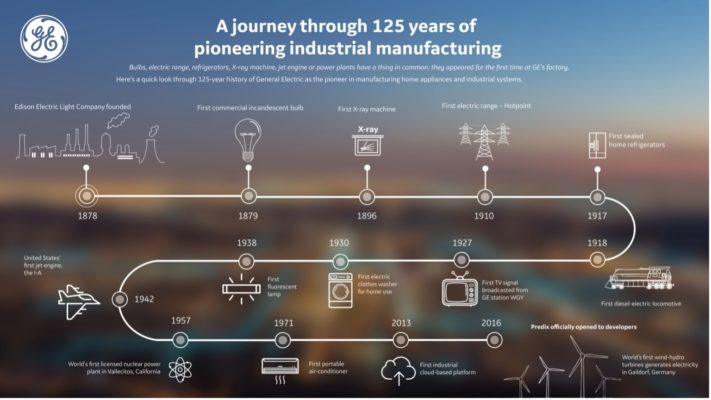
Figure 15: Products of General Electric (source: GE and 125 years of changing the world (vir.com.vn))
Future of IoT-based Energy Management
The latest generation of smart lighting, learning thermostats, and sensor-based HVAC systems are meant to automatically maintain ideal conditions in rooms while reducing energy consumption.
In the future, there will be a need for an overall system that connects many devices (analytics tools, applications, controls, meters and sensors, prediction, maintenance) to help individual users, businesses, and communities connect connections to control processes, assets, resources and optimize performance.
Using natural, renewable energy sources to bring green IoT devices to serve a green life significantly reduces costs. Realization of smart farms, green hydrogen
The issue that needs the most attention and development is energy storage. Energy storage ensures that power is always available to the user no matter what happens. This also helps control the surplus, better manage the renewable energy they create and guarantee that their power network performs at its best.
Data analysis: collect, manage, and analyze data based on the development trends of IoT, AI, edge, and cloud technology. Build a big data map of energy use.
Distributed energy: blockchain-based development for connection, sharing, and data transparency
Conclusion
An IoT-based platform is a great solution for Supply Chains, Smart Grid, and Energy Management industries. It helps to significantly change the operation of industries compared to the past. This not only increases the operational efficiency of industries but also increases consumer usage. Make the supply process faster, easier for users to access, and life becomes more convenient. In addition, the optimization will help save energy, bringing a green and sustainable life to the whole community.
Source of references:
- 10 Benefits of IoT Energy Management Systems | Digiteum (digiteum.com)
- AI & IoT in Supply Chain Management & Logistics in 2021 (businessinsider.com)
- How IoT Tech Is Improving The Modern Supply Chain (gravitysupplychain.com)
- How the Internet of Things Is Transforming Supply Chain Management | Blume Global (blumeglobal.com)
- (PDF) REVIEW ON IOT BASED SMART GRID ARCHITECTURE IMPLEMENTATIONS (researchgate.net)
- (PDF) IoT Architecture for Smart Grids (researchgate.net)
- Preparation_Instruction (ripublication.com)
- Reinventing the Supply Chain with the Internet of Things – Microsoft Cloud (cio.com)
- Sensors | Special Issue : Energy Management Based on IoT (mdpi.com)
- The Internet of Things (IoT) in Supply Chain [Use Cases & Examples] | Digiteum (digiteum.com)
- The Role of IoT in Smart Grid Technology and Applications — Digiteum (digiteum.com)
